In the VR experience, the lack of "tactile" and "force feedback" will bring a series of problems to users. So why didn't you think about this? Look at what Xiaobian said in the answer:
Tactile and force feedback are very important information in reality, but they are not currently due to technical limitations, but if there is no force feedback, it will bring a series of problems to our interaction:
1, reaction force and friction
2, weight
3, fingertips on the friction of the object, the direction of the finger position adjustment of the object
4, inertia
If there is no tactile feeling, then it lacks a real feeling. You feel that your hand is "numbness."
Touching makes an object feel thick.

1, reaction force and friction
In reality, we pick up an object and feel it.
We hold it and we will feel its reaction.
At this time we will know: "Oh, this object was originally held in my hand. ã€
You slowly let go and you will feel that the object reacts less to you.
And when you loosen it to a certain degree, the object will slowly slide down...
So, in reality, you can put down an object even if you close your eyes.
Because when you let go, you feel that the reaction force when the object is dropped is getting smaller and smaller until it is released.

And this change is not in VR, only 0 and 1 in VR -
Either grab it or let it go. There isn't a tactile sense that this thing has slipped from your hand.
What's more, in VR, there is no such force at all.
You pick up something, your finger penetrates it, you do not feel its force feedback, and the cognitive system begins to question its existence.
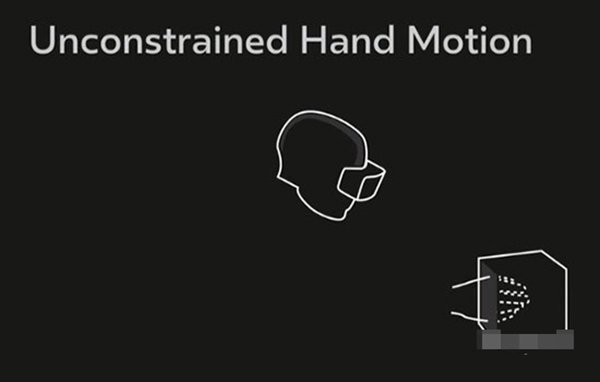
2, weight
This is a game I played on oculus touch "Killing Floor" - a knife was inserted on the table and you reached out
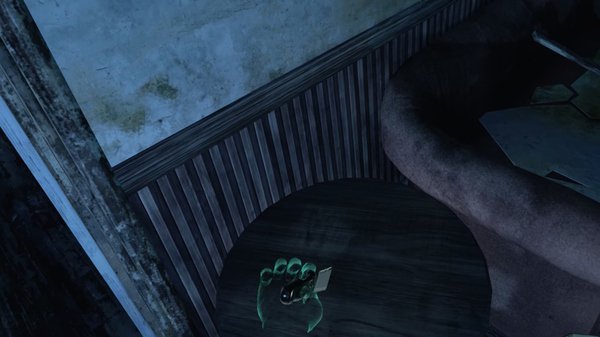
When you press the hand trigger on the middle finger of the ring finger, the virtual knife is firmly caught in your hand - the motion is not fixed.
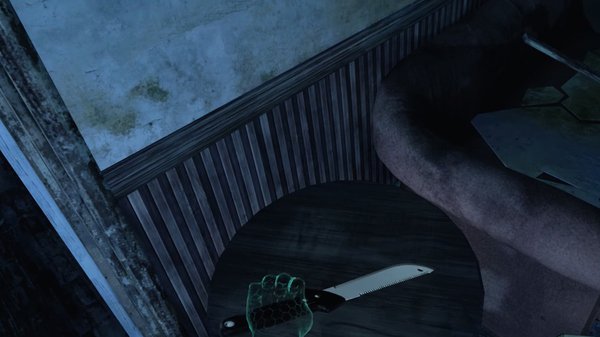
And if you hold a knife in reality, you should be able to turn it with your fingers?
What's even more frightening is that you can't feel its weight, just like it's a very light and light foam board.
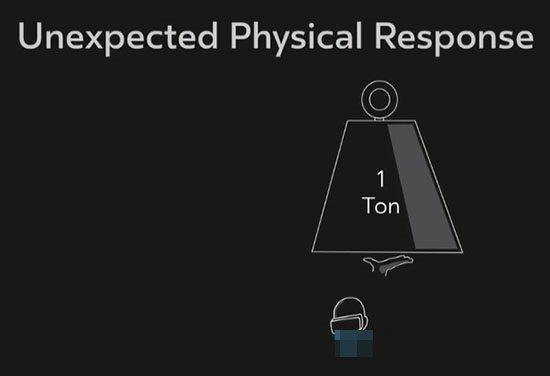
You grab a stick in reality. Theoretically you can grab any end of the stick. You can turn the stick to loosen the stick faster and make the stick slip anywhere in your hand... but in VR it can't do it.
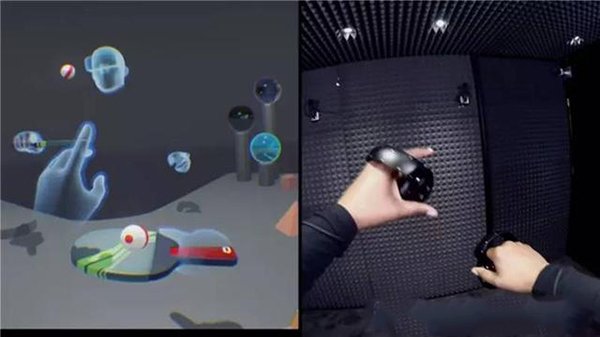
In reality, the habit of picking up something is-
Reach for something, and then feel the counterforce of the object's opponent, and then grasp the gravity of the object in your hand, so you know "I grabbed this object."
And if in VR, you see an object, reach out and "grab" it, grabbing an empty one.
Or you grab it and you want to grab it and put it in a certain position. You used a lot of power trying to pick it up. As a result, it took effortlessly. You grabbed it and thrown away its original position. .

3, fingertips on the friction of the object, the direction of the finger position adjustment of the object
In VR, you can't grab something with your fingertips.
Because the hand trigger here is used by the middle finger ring finger, or even the power of the entire hand.
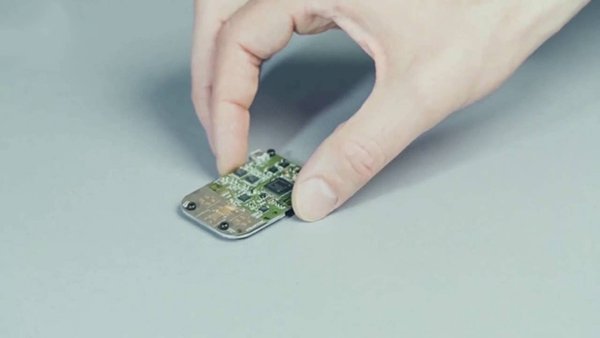
You rub the tip of your finger and rub on what you grab at your fingertips. You can feel its texture and feel. In VR, you feel that what you are holding is nothing.
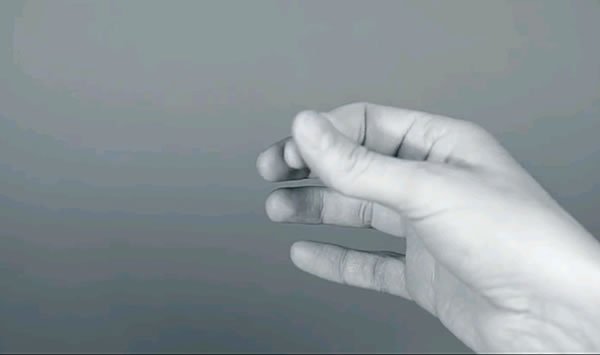
It is also impossible to rotate such a small part of the clockwork with your fingertips.
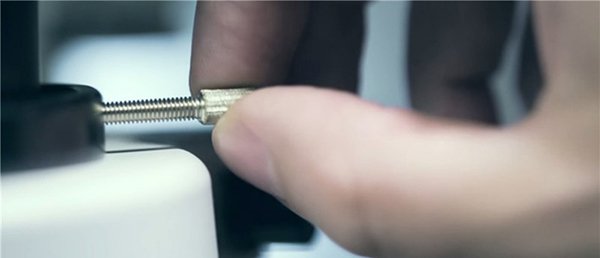
In reality, when I play ping-pong, I like to rub the ping-pong ball slightly with the left hand of the serve so that it will spin slightly when it is struck out, but in the VR I cannot touch the ping-pong ball with my fingertips, and I cannot rotate it.

4, inertia
Using oculus touch to catch things is the middle finger and ring finger press the hand trigger. (In the game "Ripcoil")
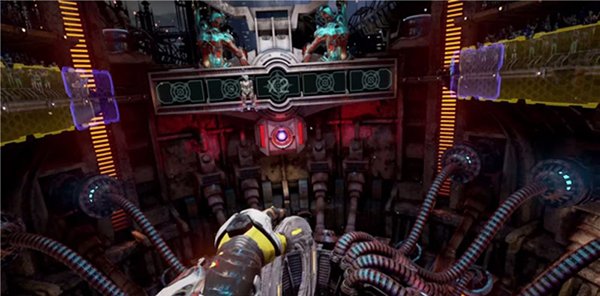
When you grab it, the entire disk appears in your hand.
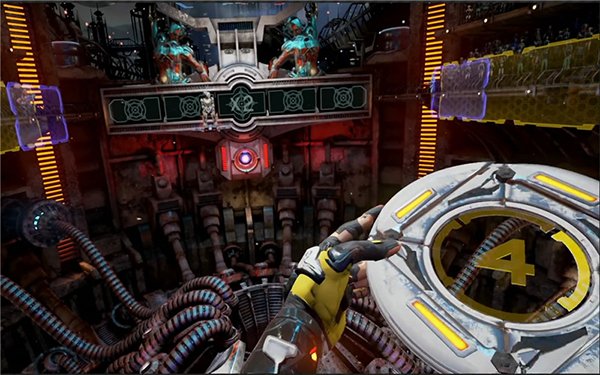
In reality, when we throw an object, we will feel the weight, whether you throw a softball or a heavy shot, and your hand will give it a different weight.
You want to throw a ball in different distances. When you throw away, you throw it away with great force. When you throw it in a trash can, you have to carefully control your strength... This is inertia.
But in VR, it is troublesome. If you give a very heavy virtual shot, you grab it and it floats like nothingness. Then let you throw it. You don't know where to throw it.
The "throwing" action itself also has a lot of places for the user to grasp. For example, if you throw something, you need to let go when the wrists accelerate to the fastest. However, this action needs to release the middle finger when you throw out the oculus touch. And the ring finger presses the hand trigger, because the virtual object on the hand has no weight and no inertia, so it is very difficult for the user to grasp the force that is thrown out, and the result is stopped in midair, and the virtual object falls straight to the ground.
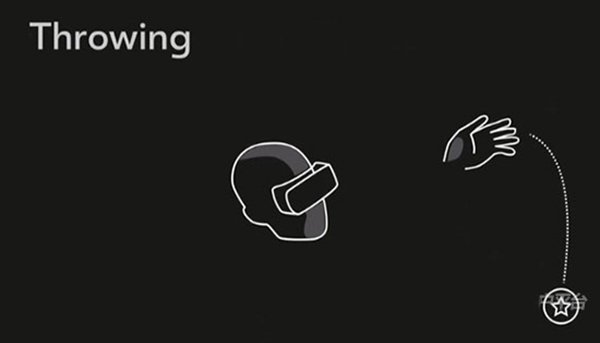
Vibration feedback
The current controller, represented by oculus touch, uses the vibration method to generate touch, and a linear actuator is built in.
You can set: 0.0f, 0.5f, 1.0f frequency and amplitude from 0.0f to 1.0f to distinguish between "different haptics".
However, the vibration time cannot be too long. First, the user's hand is numb to the vibration for a long time. Second, it takes a long time to affect the position tracking of the controller.
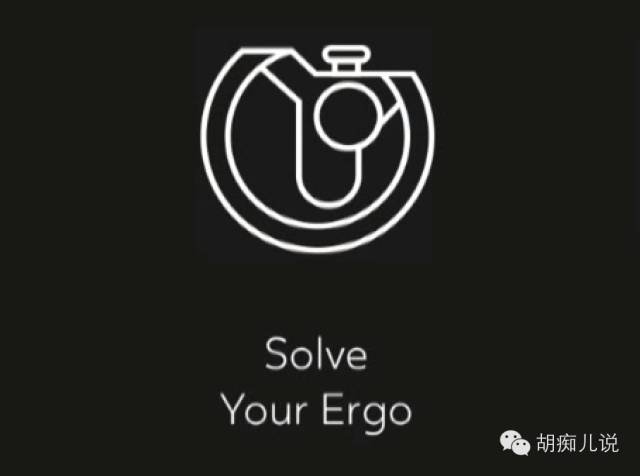
At present, the simplest vibration is used to complete the interaction on the most critical operation, which is specifically divided into two kinds of haptic:
When you are in VR, breaking a glass, picking up a doughnut, patting a table (colliding with a holographic rigid body), or holographic objects on your hand giving you a hint, your controller will vibrate. With pulse haptic (pulse haptic).
There is also a distance based haptic, triggered when you pull the drawer or turn the door handle.
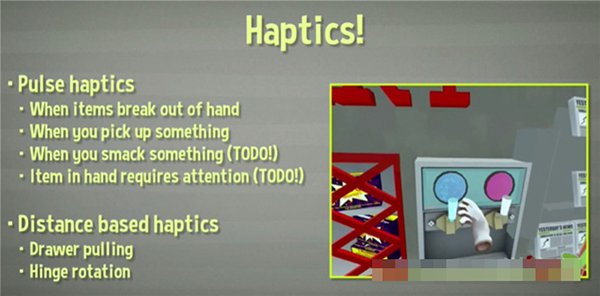
The simplest is table tennis, and you can feel the vibration of table tennis every time it hits a racquet.

Of course, in addition to the "hands", the body also needs tactile and force feedback. The best way is to match the actual posture with the posture in VR. Here are the four kinds of force feedback I consider:
Ass sitting on a chair
Backrest
Foot ground
Hands on the table
And these four kinds of force feedback can find the corresponding relationship in VR, so it is very comfortable.
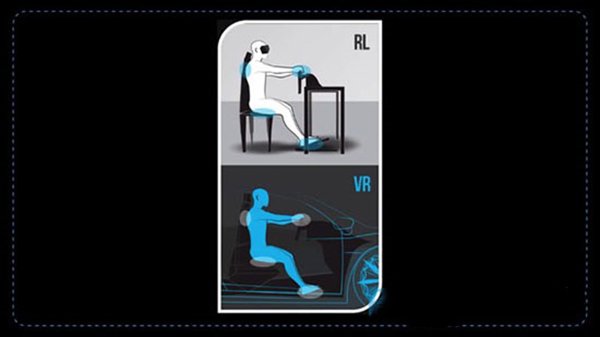
As pointed out in the article, the lack of inertia, weight, friction, etc., will give the user a serious sense of violation. At this stage, it is limited by technical factors. The VR experience cannot yet perfectly restore the sense of touch and force feedback. However, 87 Jun hopes that more manufacturers will promote related technology research and development, ultimately allowing VR to bring more vivid and immersive virtual experiences. .